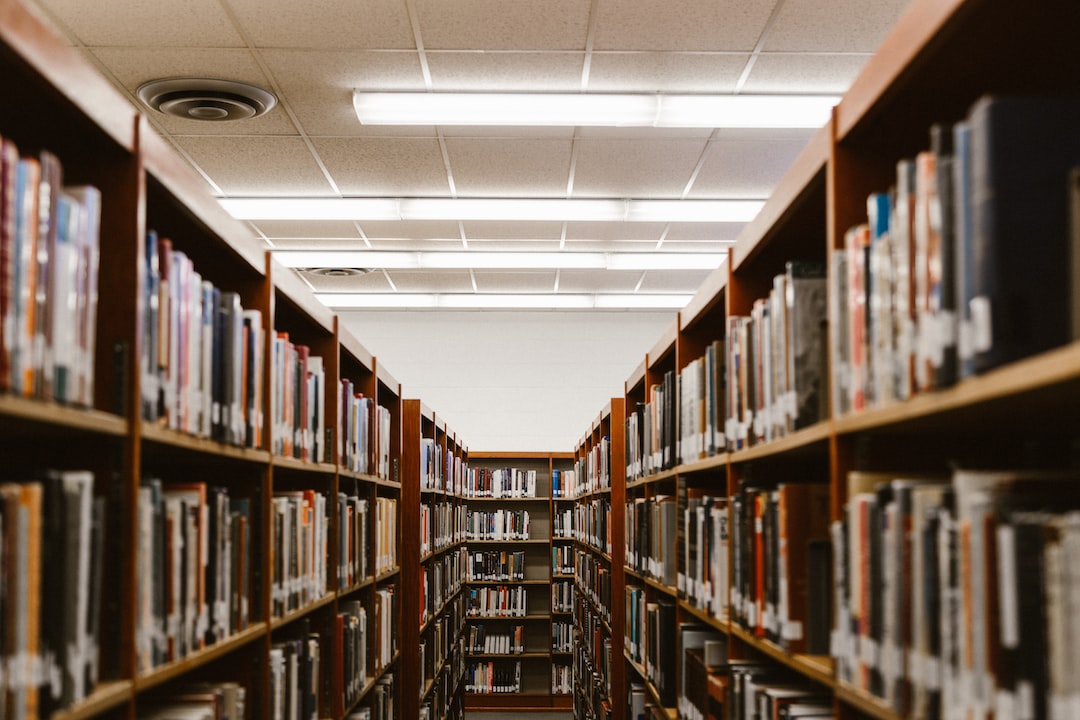Virtual Reality (VR) is no longer confined to the realms of science fiction or gaming. It has found its way into the field of education, revolutionizing the way students learn and expanding their learning horizons. Harnessing the power of VR in education has the potential to transform the traditional classroom experience and take learning to new heights.
One of the significant advantages of VR in education is its ability to provide an immersive and interactive learning experience. Through VR, students can explore different environments, travel through time and space, and fully engage with the subject matter. For example, instead of reading about the ancient civilizations, students can virtually visit the ruins of ancient Greek temples or walk through the pyramids of Egypt. This level of engagement and realism enables students to absorb information more effectively and retain it for longer periods of time.
Additionally, VR allows for hands-on learning experiences without any real-world constraints. For instance, medical students can practice complex surgeries in a virtual operating room without the risk of harming a patient. Engineering students can design and simulate buildings or bridges without the need for physical materials. This not only enhances practical skills but also fosters creativity and problem-solving abilities.
Moreover, VR can bridge physical distances and connect students from different parts of the world. Collaborative VR platforms enable students to interact with classmates and educators in real-time, irrespective of their geographical location. This opens up a world of possibilities for virtual field trips, cultural exchanges, and collaborative projects. Students can learn about different cultures by virtually visiting renowned landmarks or even engage in language exchanges to improve their language skills.
Furthermore, VR can cater to different learning styles and needs. Students with disabilities can have equal access to educational resources and experiences. For example, visually impaired students can navigate a virtual environment using audio cues, while students with mobility limitations can virtually participate in physical activities. VR also offers personalized learning experiences, where students can learn at their own pace and explore concepts more deeply.
However, it is essential to ensure that the implementation of VR in education is done effectively. Schools and institutions need to invest in the necessary hardware and software, provide training for educators, and create a curriculum that integrates VR seamlessly. Additionally, measures must be taken to ensure the safety and well-being of students, as excessive use of VR can have potential health effects, such as motion sickness.
In conclusion, the power of virtual reality in education has tremendous potential to revolutionize the way students learn, expanding their horizons beyond the traditional classroom. It enhances engagement, provides hands-on experiences, connects students globally, caters to different learning needs, and encourages creativity. With careful implementation and a vision for the future, harnessing the power of VR can unlock a world of possibilities for education and prepare students for the challenges of the digitally-driven world.
